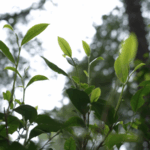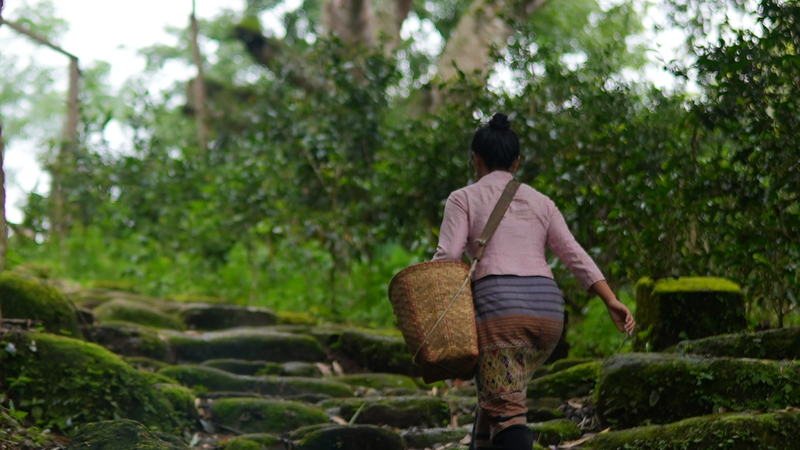Nestled in the mist-shrouded peaks of Pu'er's Jingmai Mountain, a centuries-old relationship between humans and nature unfolds daily. Villagers here have perfected an ecological ballet – their wooden stilt houses dotting tea tree forests like natural extensions of the landscape, roofs doubling as tea-drying platforms under the Yunnan sun.
Living in Harmony with Nature
The organic village layouts follow mountain contours rather than defying them, preserving 72% forest coverage across the region. 'We build around existing trees,' explains local tea grower Li Weimin. 'Our ancestors taught that flattened land means flattened fortunes.'
Sustainable Practices in a Changing Climate
Traditional construction methods using locally sourced timber have kept carbon emissions 40% below regional averages, according to Yunnan Ecological Institute data. The 'forest-tea-village' model creates concentric circles of protection – ancient trees shelter tea bushes, which in turn sustain households.
A Legacy of Balance
As climate patterns shift, these time-tested practices gain new relevance. 'The forest gives us tea, clean water, and air,' says village elder Zhou Meili. 'We give it careful stewardship.' This reciprocity sustains both premium Pu'er tea production and biodiversity, with over 120 bird species recorded in the tea forests.
Reference(s):
cgtn.com








